Ready to take your grilling recipes to the next level? Learn how to use a charcoal grill like a pro and create juicy and flavorful dishes that will have everyone asking for seconds. Our step-by-step guide will help you master the art of charcoal grilling and unleash your inner grill master.
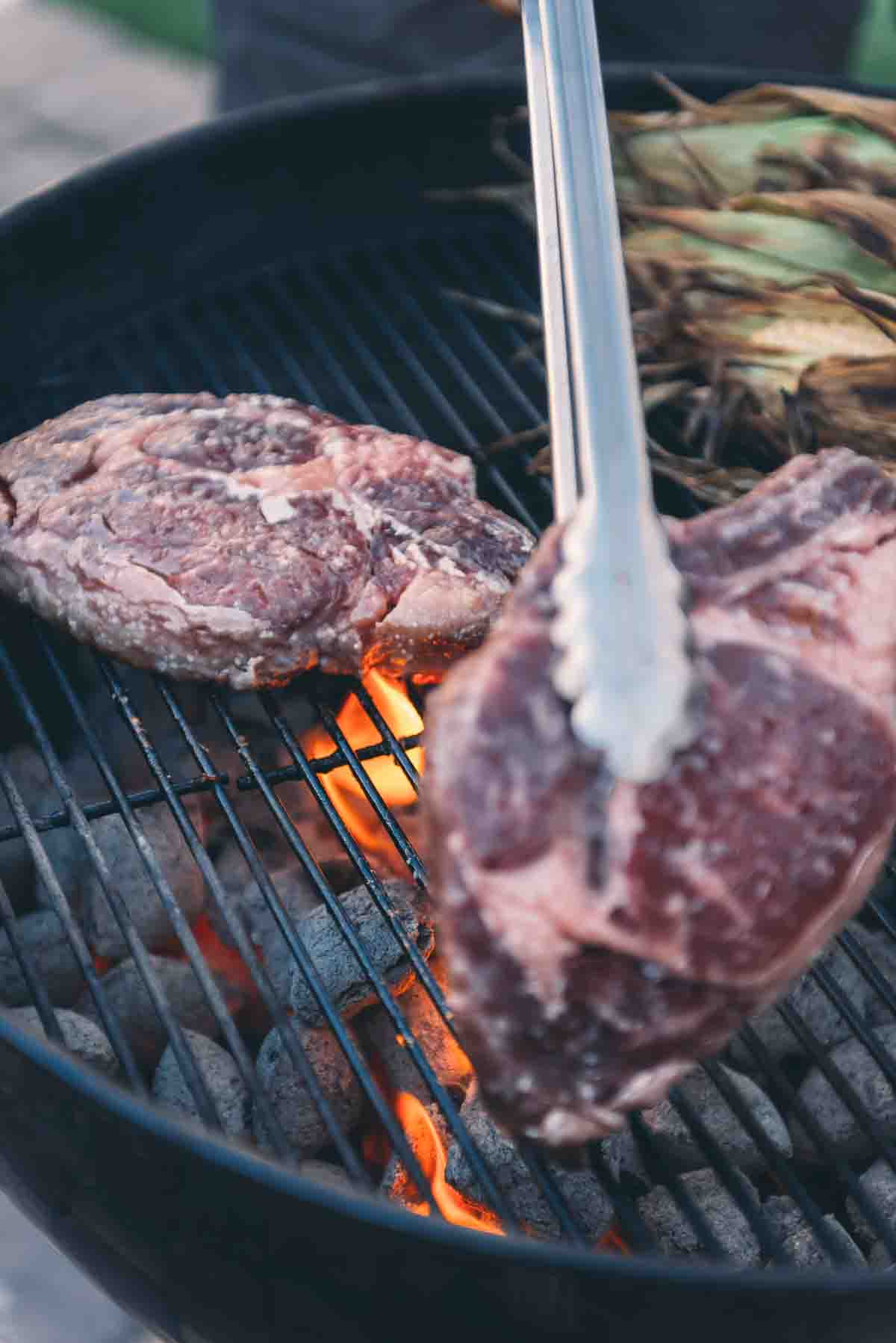
Table of Contents
Charcoal grills offer superior flavor for authentic barbecue taste and are typically more budget-friendly than gas alternatives. While they require more skill to manage heat, charcoal grills provide that quintessential flame-kissed flavor that many BBQ lovers prefer, making them an excellent choice for anyone who wants that real char-grilled taste.
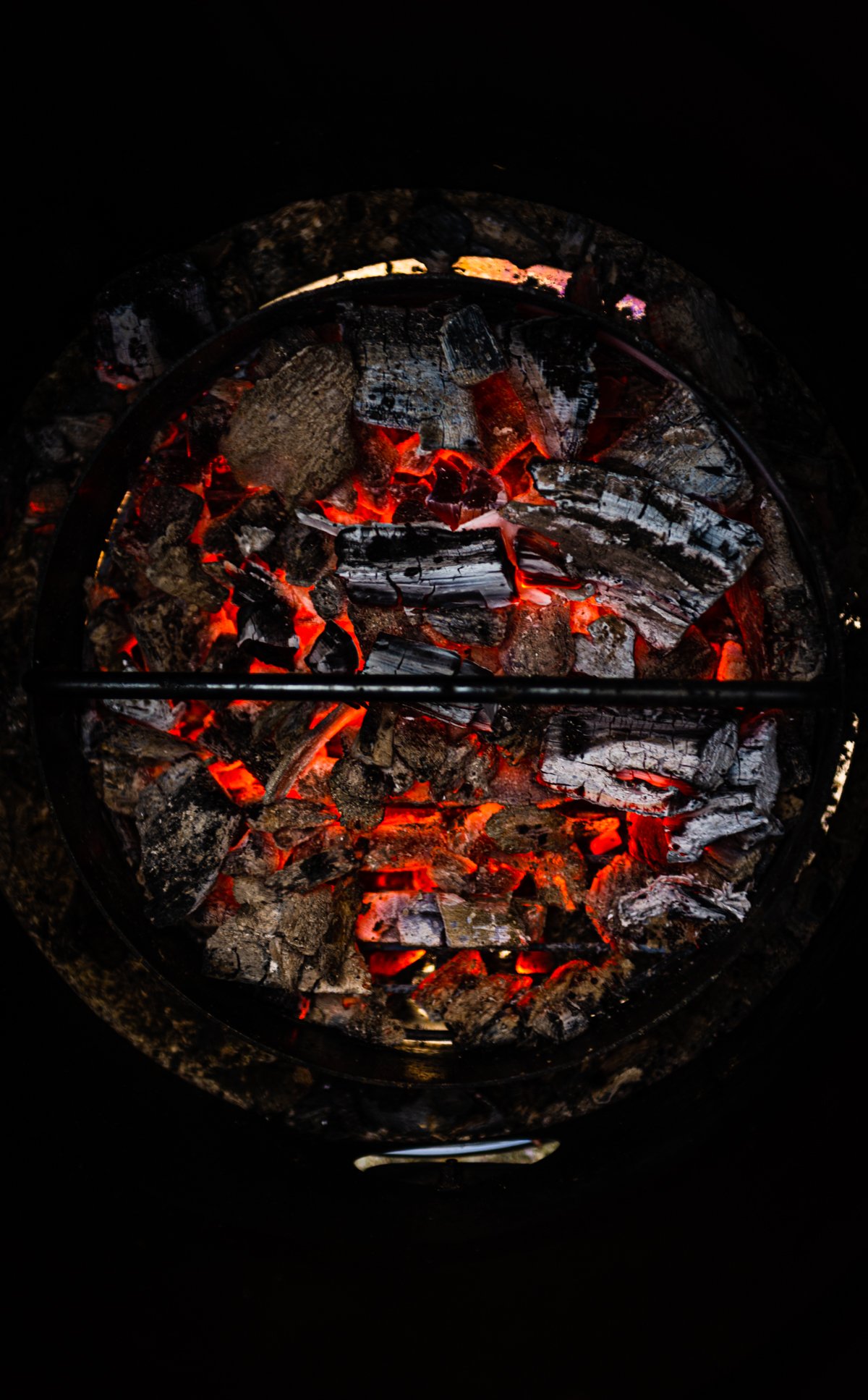
Different Types of Charcoal
There are two primary types of charcoal you will find at your local market or grilling store: briquets and lump.
Charcoal briquets look like little black square pillows. They are made of compressed carbonized wood shavings. When choosing briquets, look for bags that are all-natural and made without any binders or fillers.
Lump charcoal is made of solid chunks of wood that have been carbonized. It can be made from any type of hardwood. If you’re looking for a certain flavor like oak or hickory, check the packaging.
Both types of charcoal create great barbecue. Briquets burn longer and at a slightly lower temperature than lump charcoal. Lump charcoal burns hotter but produces less ash. Our brand of choice is Cowboy Brand All-Natural Charcoal for both lump and briquets.
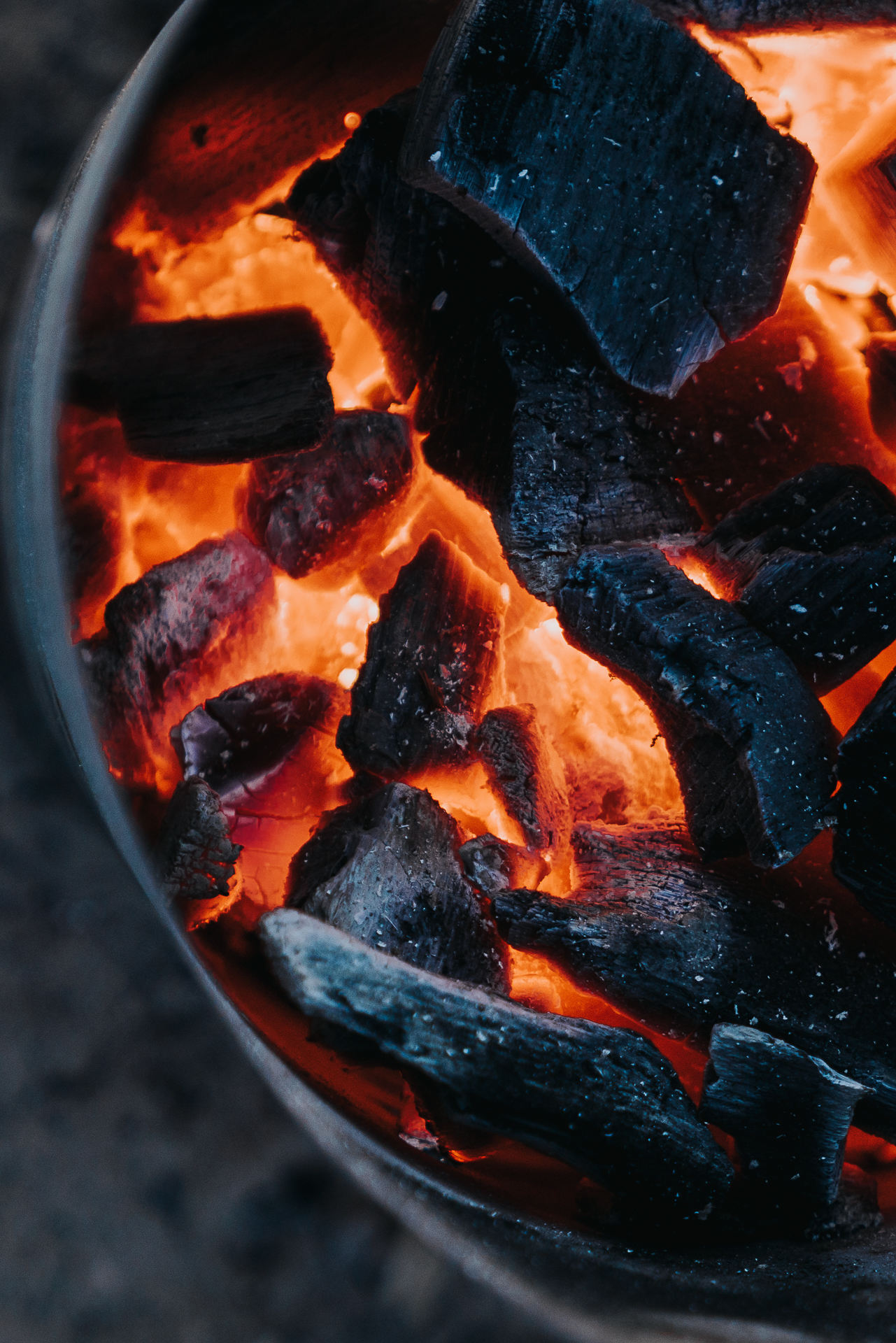
LIGHTING CHARCOAL
Do NOT use lighter Fluid – You do not need lighter fluid to start charcoal. Lighter fluid is a highly flammable butane liquid that is made to be squirted onto coals so they light quickly. But it has a distinct flavor. If it’s not burned off completely, it can tarnish the flavor of your barbecue
How to use a Charcoal Chimney
Step 1 – Use a charcoal chimney – This is a cylindrical metal tube with a handle. It has a shelf near the bottom to allow airflow under the coals.
When the chimney is filled with charcoal and fire is introduced beneath it, the fire and oxygen funnel up and around the coals to light them.
Step 2 – Start the Fire – To start the fire, you can use a lighter cube, all-natural firestarter, kindling, crumpled newspaper, or brown paper bags.
When coals begin to ash over and turn gray, dump them into the charcoal grill and add 10 to 15 more coals.
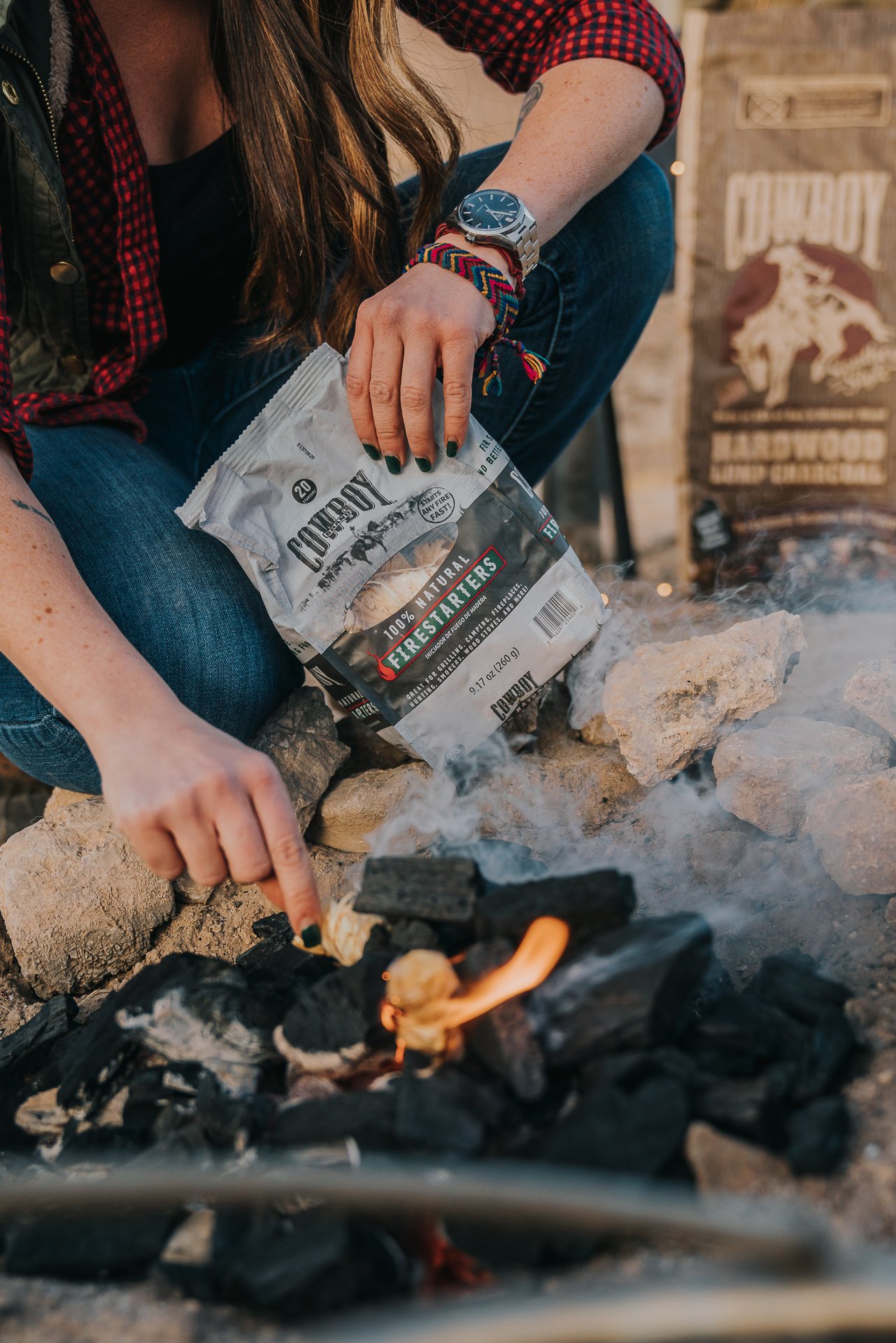
How to Make a fire starter out of your charcoal bag:
- If your charcoal bag is paper, with no plastic: Tear off the top strip as you use up the charcoal.
- Form a donut by twisting the bag and joining the edges to make a doughnut shape.
- Place it under your charcoal chimney and ignight it for a natural fire starter.
This makes use of the bag waste and due to the shape is the perfect chimney starter. This handy trick was taught to us by Chef Michael of Certified Angus Beef.
How long does it take for charcoal to be ready?
It typically takes about 15-20 minutes for charcoal in a chimney to be just about ashed over and ready to cook with. At this stage, the flame will be minimimal but the coals ready to cook on. It’s best to cook on charcoal that does not have flames leaping off it, but rather slow and steady heat from hot embers.
CONTROLLING CHARCOAL HEAT
Once the coals are lit, and inside the grill, it’s important to adjust the vents to create the proper grill temperature.
Intake—Your grill should have at least two vents. The vent on the bottom is the intake, which is how oxygen flows into the grill to feed the fire.
Exhaust—The vent on the top is the exhaust. This pulls the air out of the grill. Both need to be open for proper airflow and circulation. You can find these on every charcoal grill, from the household favorite Weber to classic drum smokers to elite ceramic cookers.
When the vents are open wide, more oxygen enters the grill and feeds the fire, increasing the grill temperature. To lower the grill temperature, reduce the vent hole openings.
Most of the amazing grilling recipes by pro pitmsters like Christie Vanover of GirlsCanGrill include instructions that will either tell you to set your temperature based on words like high, medium, or low, or the recipe will indicate actual temperatures.
To understand the internal temperature of your grill, either install a grill thermometer into the lid or use an external thermometer with a probe that measures ambient grill temps.
Charcoal Grill Tips
Learning how to adjust and control the airflow on your grill is important, as it is the biggest component of controlling your heat.
Fire needs two things, fuel and air. Not only can you control the heat of the fire through the airflow, it’s important to understand how elevation and weather can influence how much air you need to feed your fuel to maintain even heat.
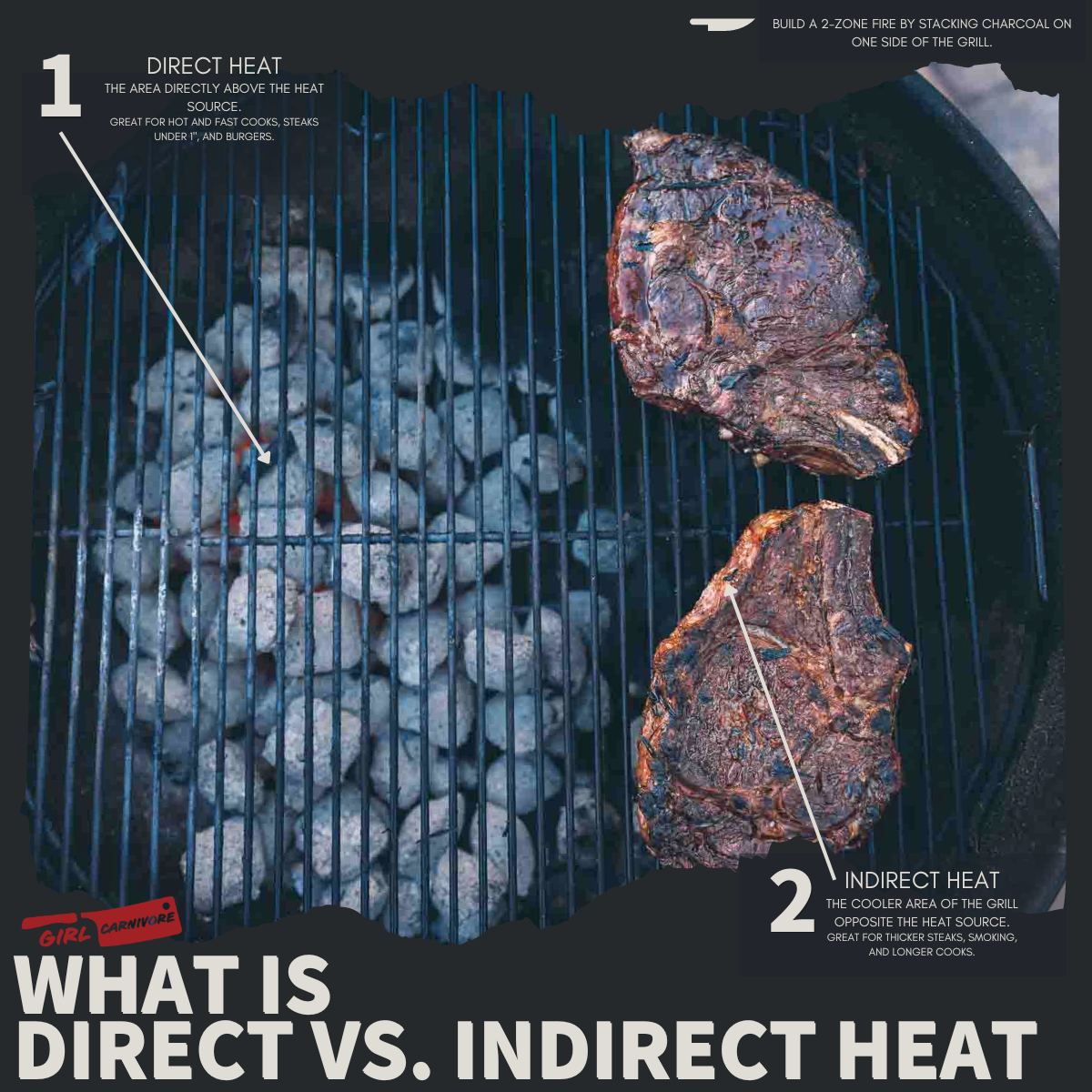
DIRECT VS. INDIRECT HEAT
Two-zone grilling method is a pitmaster’s secret to success.
Direct Heat VS indirect heat
Direct Heat—The direct heat zone is when the coals are directly under the grill grate. This is a standard setup for cooking hot and fast foods like grilled flank steaks, hamburgers, and hot dogs.
Indirect Heat – Some foods, like smoked pork butt cook better at lower temperatures for longer periods of time, which is when the indirect zone comes in handy.
To create an indirect heat zone, push the coals to one side of the grill. Now, the side with the coals is the direct heat zone. The side without coals under the grate is the indirect heat zone.
The indirect heat zone is also ideal if you want to turn your charcoal grill into a smoker.
Place the food over the indirect heat, adjust your vents, add a wood chunk or two and now you can make a perfect smoked brisket without having to invest in an expensive smoker.
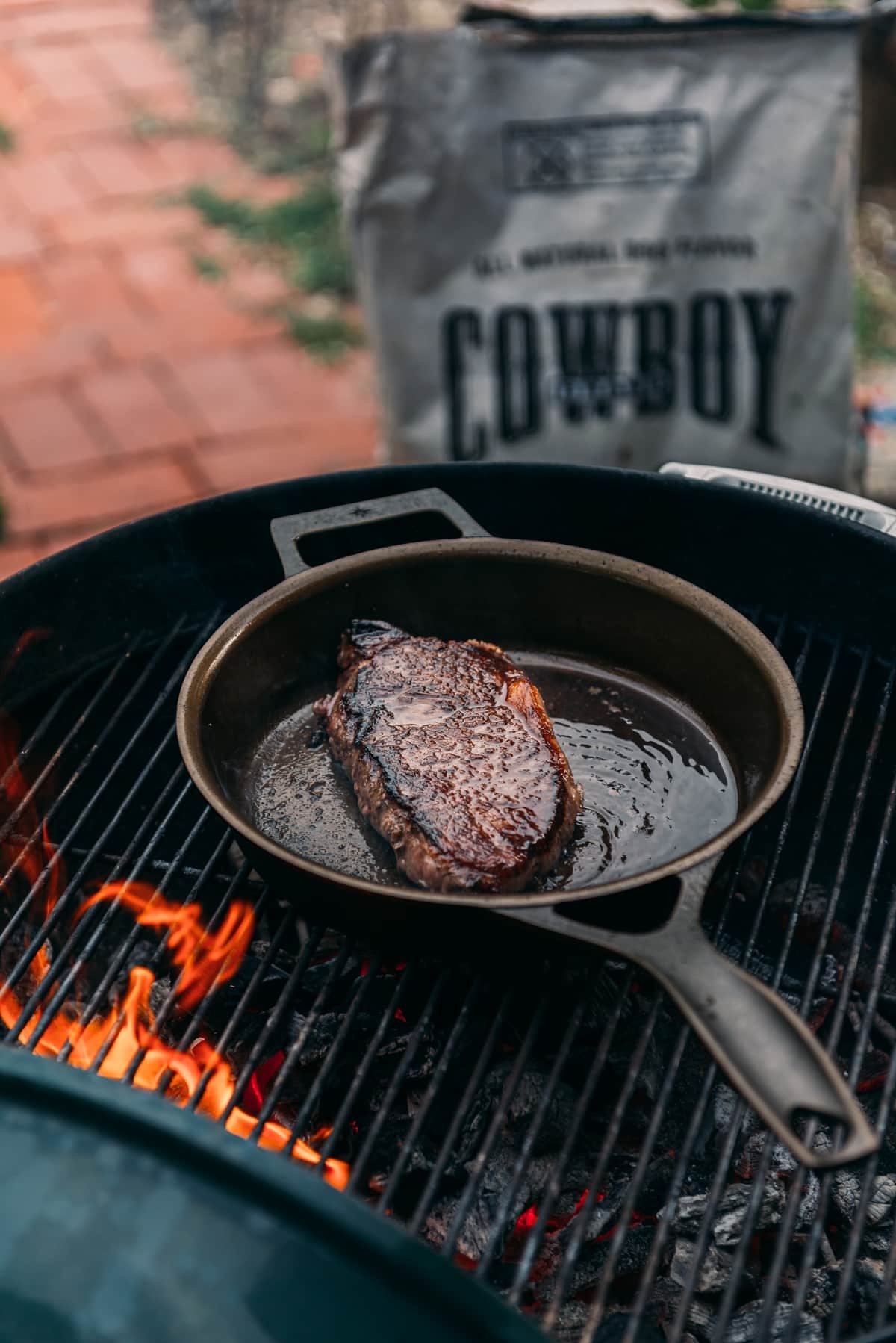
SHUTTING DOWN A CHARCOAL GRILL
Once you’re done cooking on your charcoal grill, close down all the vents to suffocate the oxygen and extinguish the fire. Be sure to clean the grill grates after each use by brushing off any residue with a grill-safe brush.
If you often cook on charcoal, consider getting an aluminum can just for ash disposal. Once the grill has cooled, usually overnight, dump the ash bucket or remove it from the grill. Proper grilling safety will not only prolong the life of your grill but also help prevent fire hazards.
How to Clean a Charcoal Grill
Don’t forget to clean your grill between cooks, so it will be ready for your next barbecue party.
- Wait for the grill to cool completely.
- Open the grill and remove the grates.
- Push all of the ash into a bucket or the grill’s ashtray.
- Place the cold ashes in a metal trashcan to dispose of them.
It’s important to regularly clean out the ash from a charcoal grill for better airflow and to prevent moisture accumulation that can cause rust, damaging your grill.
With a charcoal grill, some affordable cuts of meat, and ultimate backyard BBQ tips, you can easily throw an epic BBQ party on a budget. Just be sure to set your grill up in a safe area, away from fences, trees, the house, or any flamable objects.
Best REcipes for a Charcoal Grill
Beef Recipes
Grilled Porterhouse Steak
Poultry Recipes
Grilled Spatchcock Chicken
Dinner Recipes
Grilled Ham Steaks with Brown Sugar-Mustard Glaze
Poultry Recipes
Grilled Chicken Leg Quarters
Grilling Recipes
Grilled Lamb Chops
FAQs
Getting to know your grill is the key step to mastering how to grill with charcoal. You can control the heat by adjusting the airflow with opening or closing the vents on the top and bottom of the grill. More air increases the heat, while less air lowers the temperature.
Once the coals are lit, allow the grill to preheat with the grill grate on for 5 to 10 mintues with the lid closed and the air vents opened. When ready to cook, for high-heat fast cooks, keep the lid open to allow the most air circulation. If the coals get too hot and flare-ups occure, you can place the lid, with the vents closed on the grill to choke out the fire.
For low and slow cooking, such as smoking, close the lid and adjust your air vents to maintain a consistent temperature and maximize smoke flavor.
How much charcoal to use is an open ended question that comes down to the quality of the charocal, what you’re cooking and the grill size. But, a general guideline is 30-50 briquets, or one charcoal chimney full. Remember, it’s easy to add more charcoal if needed rather than trying to cool down a fire that’s too hot. Start with less and add more as necessary to keep an even heat.
For most fast cooks, under an hour, you will not need to add more charcoal to your grill. This can depend on the heat of the grill, how well your grill holds heat, and the quality of your charcoal. For longer cooks, you may need to add add fresh coals to keep an even heat, especially on longer smoker recipes. We recommend investing in a good grill probe so you can learn how your grill holds heat and know accurately when to add more charcoal.
Yes! Add your smoking wood to the grill and allow the smoke to burn clean before adding your food. This adds an additional smokey layer to your food. But be careful not to add too much smoke, as it can taste acrid. Use wood chips for quick cooking items, or replace them every 30 to 45 mintues with fresh. And use only a few wood chunks with longer smoking recipes that have time to absorb more flavor.
Parts of this article were originally written by Christie Vanover of GirlsCanGrill.com. This article originally appeared on Food Drink Life.
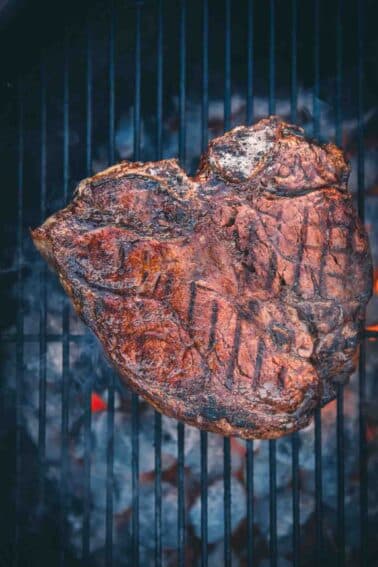
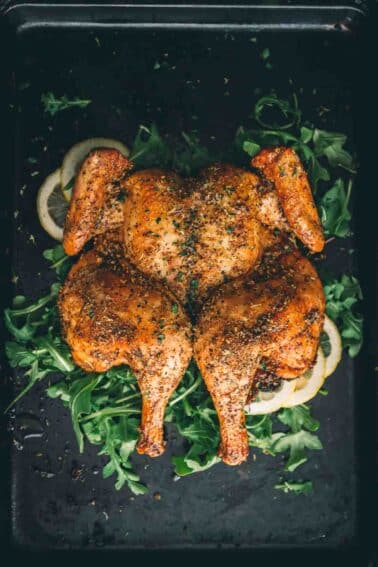
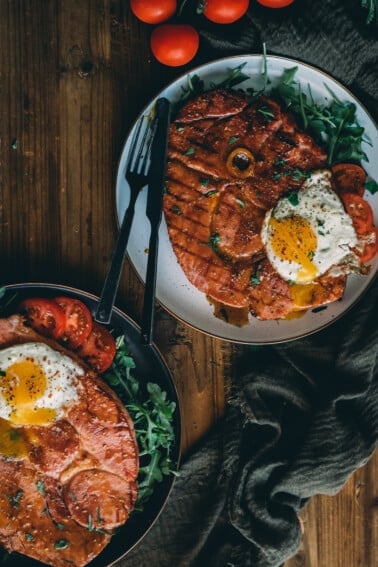
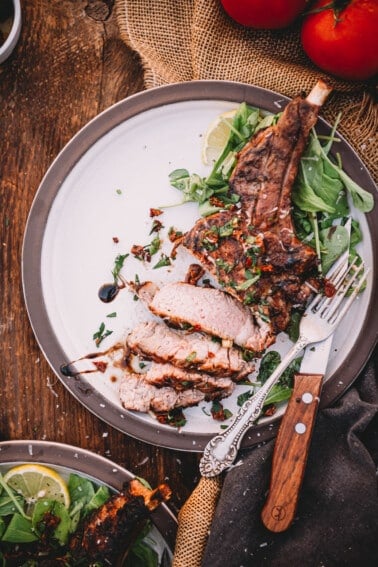
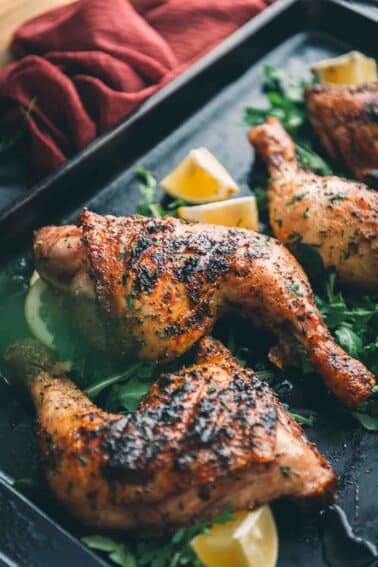
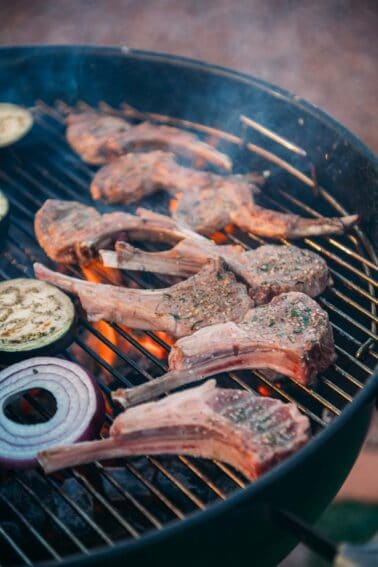

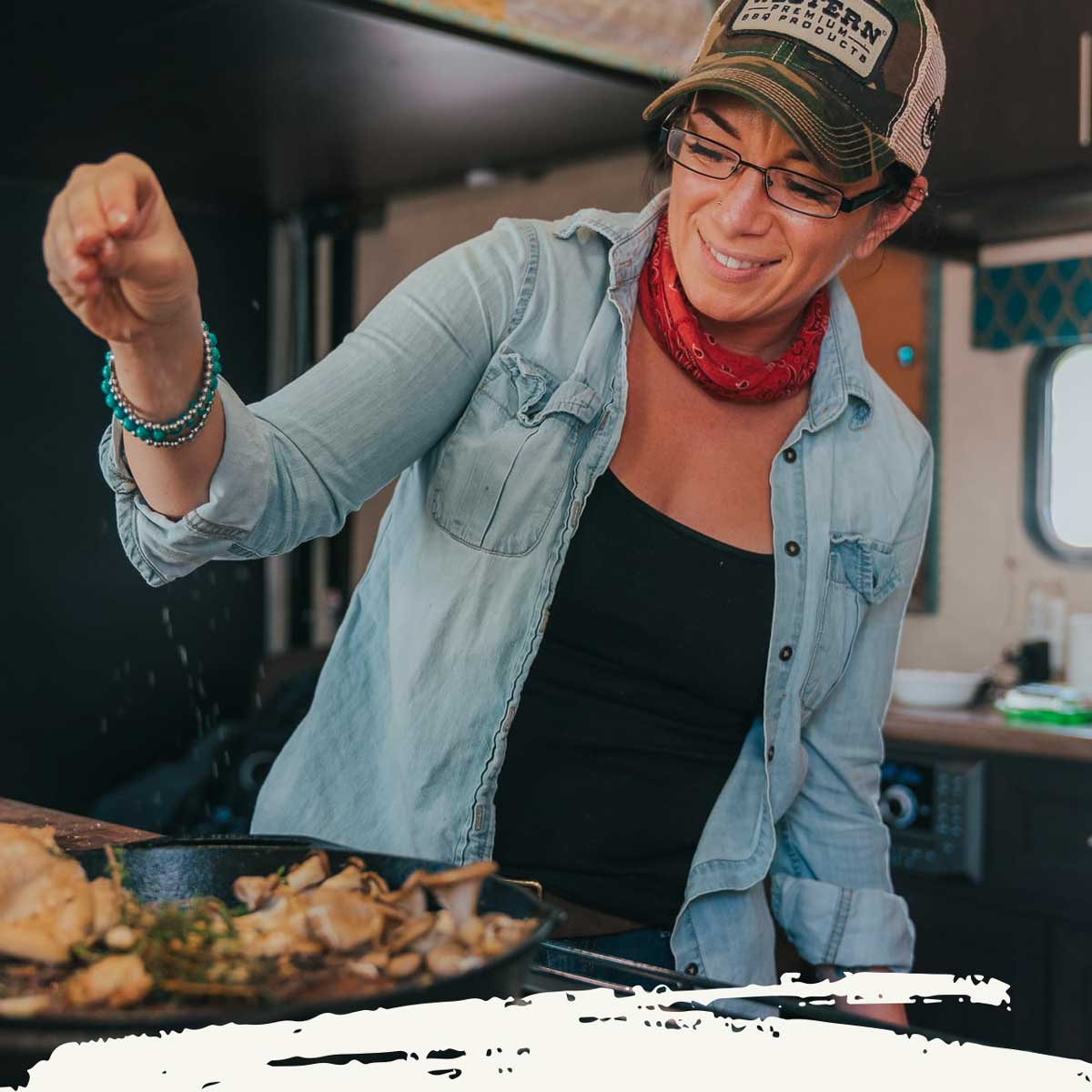
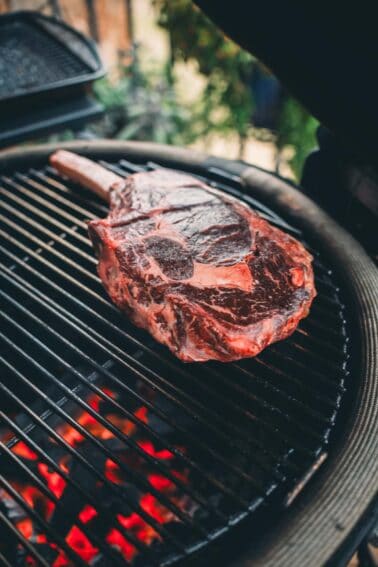
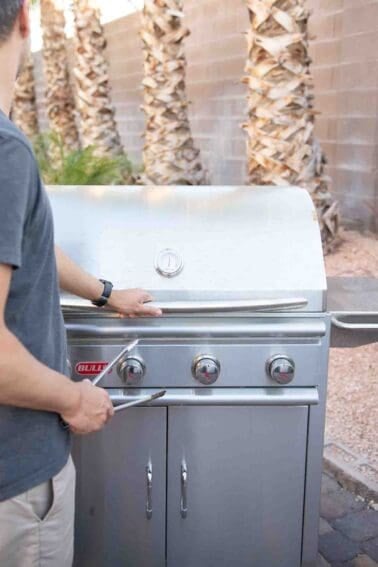
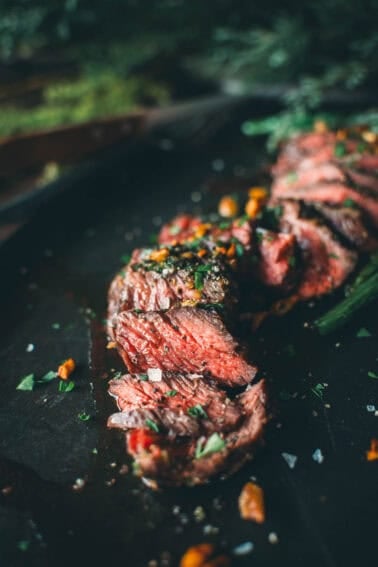
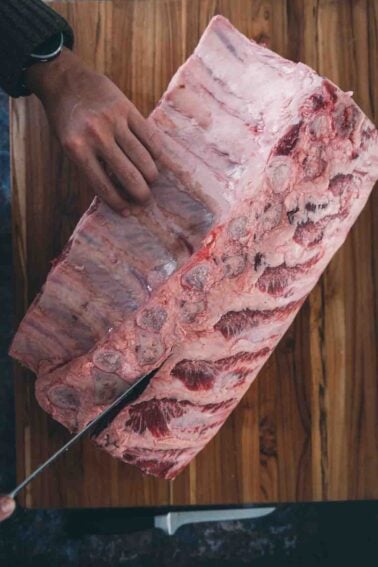









I am hosting a family gathering of 8 to 10 for charcoal BBQ chicken. to do 2X 1/2 chicken or spatchcock I will need two chickens. Do I grill one at a time on one side (for indirect heat) or place maybe foil over the coals? I have a front opening for adding more coals. If one at a time can I put the first one in a large slow cooker to keep warm? The grill surface is W21 X D16
I love your site
This is a great question, Ms. Karen. I would consider halving the chickens to make it easier on you to manage them at the same time and – depending on the side of the birds – seeing if you can fit them all on one side (indirect heat) while grilling. Otherwise, I would cook them in batches, and rest, tented with foil OR let people dig in and then come back for seconds as the second bird finishes up. I worry about putting them in a slow cooker as the skin could get soggy and all your hard work would be a bust! Here are two recipes that may help : Smoked Half Chickens & Grilled Spatchcock Chicken OH! And Alabama White Sauce is easy to make ahead and always a hit with chicken, too!